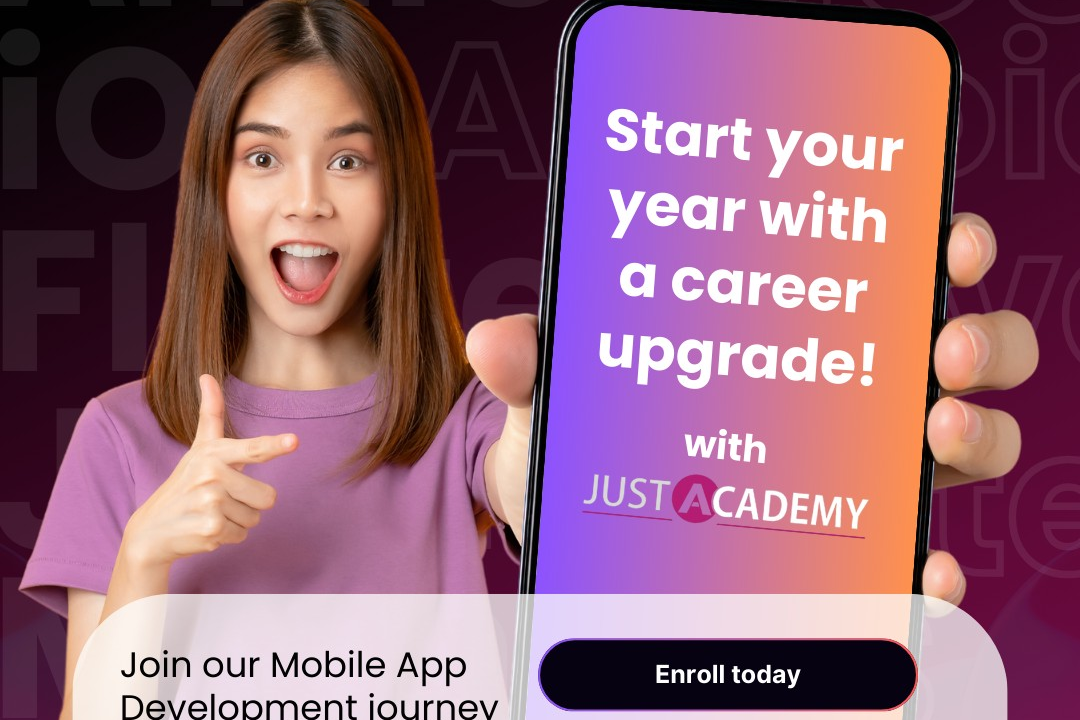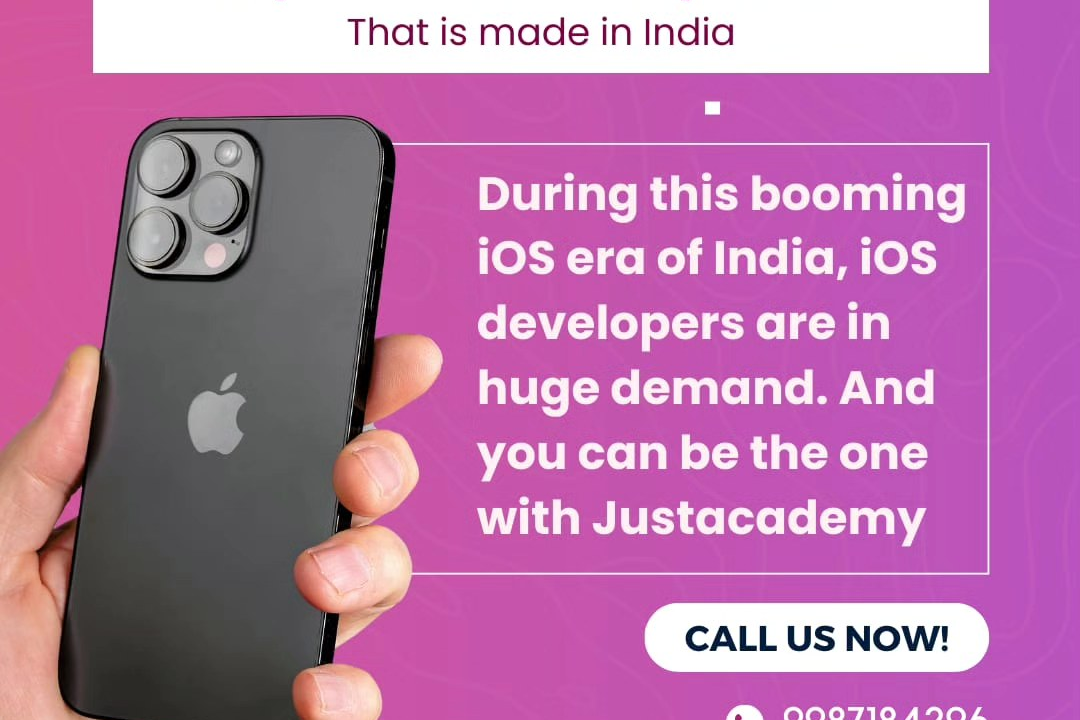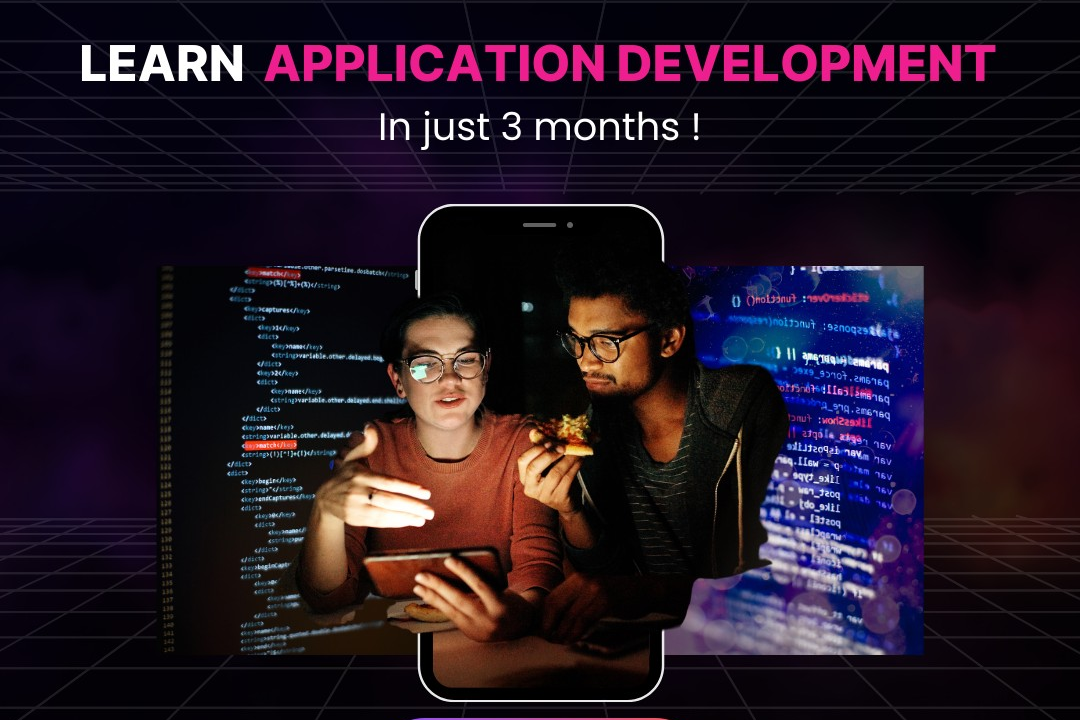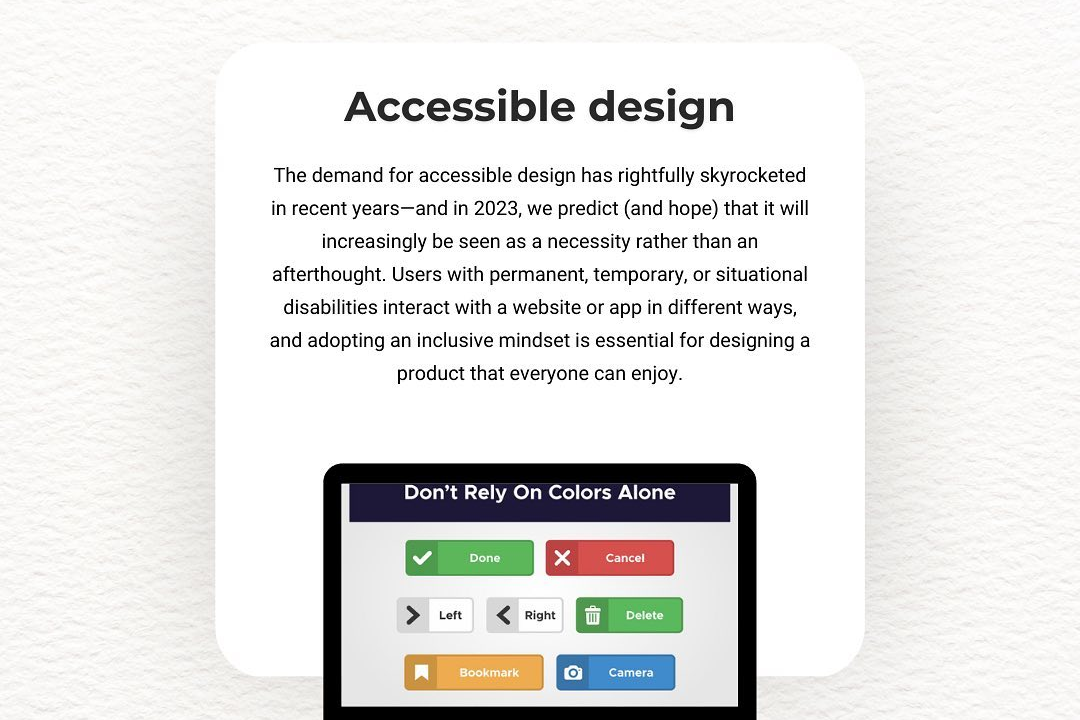Mapkit Ios Interview Questions
Essential MapKit iOS Interview Questions for Developers
Mapkit Ios Interview Questions
MapKit is a powerful framework in iOS development that allows developers to integrate and display maps within their applications. Understanding MapKit is essential for iOS developers, especially those working on apps that require location-based services, such as navigation, geolocation, or location tracking. Interview questions related to MapKit may cover its functionalities, including annotations, overlays, and map customization. Familiarity with MapKit can demonstrate a developer's ability to create immersive and user-friendly applications that enhance user experiences through interactive mapping features. Therefore, a strong grasp of MapKit is advantageous in interviews, as it highlights the candidate's proficiency in utilizing essential iOS frameworks to develop feature-rich applications.
To Download Our Brochure: https://www.justacademy.co/download-brochure-for-free
Message us for more information: +91 9987184296
1 - What is MapKit?
MapKit is an Apple framework that provides an interface for embedding maps directly into your iOS applications, allowing developers to display map data and incorporate various features such as annotations, overlays, and user location tracking.
2) How do you display a map using MapKit?
To display a map, you need to create an instance of `MKMapView` and add it to your view hierarchy. You can set its frame or constraints to define its size and position within the view.
3) What is an annotation in MapKit?
Annotations are objects that you can add to the map to represent points of interest, such as locations or landmarks. They typically have a coordinate and a title, and they can be customized to display additional information.
4) How do you add an annotation to a map?
You add an annotation by creating an instance of a class that conforms to the `MKAnnotation` protocol and then using the `addAnnotation(_:)` method of the `MKMapView` instance.
5) What is the purpose of overlays in MapKit?
Overlays are used to display shapes (like circles or polygons) and custom imagery on the map. They can represent areas, routes, or any other geographical features that require visual representation.
6) How can you customize the appearance of annotations?
You can customize annotations by implementing the `MKMapViewDelegate` methods, particularly `mapView(_:viewFor:)`, where you can specify a custom `MKAnnotationView` for your annotations.
7) What are user tracking modes in MapKit?
User tracking modes control how the map follows the user's location. You can choose from several modes, such as `follow`, `followWithHeading`, and `none`, which define whether the map moves or rotates along with the user's movements.
8) How do you request the user's location?
To request the user's location, you first need to request permission from the user to access location services using `CLLocationManager`, and then you can set the `showsUserLocation` property of `MKMapView` to `true`.
9) What is `MKCoordinateRegion`?
`MKCoordinateRegion` defines a rectangular geographic area on the map, centered around a specific coordinate, with a specified latitudinal and longitudinal span, allowing you to set the visible area of the map.
10) How do you handle map gestures?
You can respond to map gestures by implementing the `MKMapViewDelegate` methods, such as `mapView(_:regionDidChangeAnimated:)`, which is called when the visible region changes due to user interactions like zooming or panning.
11 - What are the different types of map views in MapKit?
MapKit supports several map types, including standard, satellite, hybrid, and muted standard. You can change the map type using the `mapType` property of `MKMapView`.
12) How do you implement route drawing on the map?
To draw a route on the map, you can use the `MKPolyline` class to represent the route, then add it as an overlay to the map using the `addOverlay(_:)` method and implement the delegate method to customize its appearance.
13) Can you use MapKit for geocoding and reverse geocoding?
Yes, MapKit provides geocoding and reverse geocoding capabilities through the `MKLocalSearch` API, which allows you to convert addresses into coordinates and vice versa.
14) What is the role of `MKMapViewDelegate`?
`MKMapViewDelegate` is a protocol that allows you to respond to events and customize the behavior and appearance of `MKMapView`, such as managing annotations, overlays, and user interactions.
15) How do you handle map region changes and updates?
To handle map region changes, you can implement the `mapView(_:regionWillChangeAnimated:)` and `mapView(_:regionDidChangeAnimated:)` delegate methods to perform actions or updates when the map's region changes due to user interaction or programmatic changes.
16) What is the role of `MKPinAnnotationView`?
`MKPinAnnotationView` is a built in annotation view in MapKit that provides a simple pin shaped visual representation for annotations. You can customize its color and image to match your application's design.
17) How do you enable user interaction with annotations?
You can enable user interaction with annotations by implementing the `mapView(_:annotationView:didSelect:)` delegate method, which gets called when a user taps on an annotation. This allows you to show details or actions related to the selected location.
18) What is a `CLLocationCoordinate2D`?
`CLLocationCoordinate2D` is a structure that represents a geographic coordinate consisting of a latitude and longitude. It is used in MapKit to specify locations on the map.
19) How do you zoom the map programmatically?
To zoom the map programmatically, you can modify the `region` property of the `MKMapView` instance, adjusting the latitude and longitude deltas to represent the desired zoom level.
20) What are map overlays, and how do they differ from annotations?
Map overlays are used to draw custom shapes or images on the map, such as routes or areas, whereas annotations represent fixed points of interest (like locations). Overlays can cover larger areas and are useful for displaying detailed information visually.
21 - How do you implement custom callouts for annotations?
You can create a custom callout by subclassing `MKAnnotationView` and leveraging the `detailCalloutAccessoryView` property to provide a personalized view that shows when the annotation is selected.
22) What are `MKDirections` and how do they work?
`MKDirections` is a class that allows you to request and calculate directions between two locations. You can use it to retrieve directions data and display routes on your map by working with `MKRoute` and `MKPolyline`.
23) How do you handle location permission requests in your application?
Handling location permissions involves using `CLLocationManager` to request authorization from the user. You should manage the states like authorization status changes in the implementation of its delegate methods.
24) What is `MKMapCamera`, and how is it used?
`MKMapCamera` represents the camera's position and view angle on the map. It allows for 3D perspectives and can be adjusted to provide tilt and heading, enhancing the visual representation of locations.
25) Can you display custom images as map overlays?
Yes, you can display custom images as overlays by implementing the `MKOverlayRenderer` class. You'll create your own renderer to draw images, shapes, or patterns on the map overlay.
26) How do you detect when the user taps on the map?
You can detect user taps on the map using the `mapView(_:didSelect:)` delegate method for annotations and by adding gesture recognizers to the `MKMapView` instance for actions that do not involve annotations.
27) What is the `MKMapSnapshotOptions` class?
`MKMapSnapshotOptions` is used to configure settings for taking a snapshot of a map. You can specify the region, map type, and size of the generated snapshot, which can be useful for creating static map images.
28) How can you implement clustering of annotations?
To implement clustering of annotations, you can use the `MKAnnotationView` with `MKClusterAnnotation`. This allows multiple annotations close to each other to be displayed as a single cluster on the map.
29) What protocols must a class conform to in order to use MapKit effectively?
A class typically needs to conform to `MKMapViewDelegate` to manage map events and behaviors, and it may also implement `MKAnnotation` if it is defining custom annotations.
30) How do you manage multiple map views within the same application?
You can manage multiple map views by creating separate instances of `MKMapView` for different screens or functionalities in your application, ensuring each instance can be individually configured and customized based on that screen's purpose.
Course Overview
The “MapKit iOS Interview Questions” course is designed to equip learners with essential knowledge and practical skills related to Apple's MapKit framework, focusing on frequently asked interview questions and answers. This comprehensive course covers key topics such as annotating maps, handling user interactions, utilizing overlays, and implementing location services. Participants will engage in real-time projects to reinforce their understanding and gain hands-on experience. By the end of the course, learners will be well-prepared to tackle technical interviews and demonstrate their expertise in MapKit functionalities, making them valuable candidates in iOS development roles.
Course Description
The “MapKit iOS Interview Questions” course offers an in-depth exploration of Apple's MapKit framework, tailored to help aspiring iOS developers prepare for technical interviews. Participants will delve into critical topics such as map annotations, overlays, user interactions, and location services, while engaging in real-time projects that simulate practical application. By reviewing common interview questions and developing hands-on skills, learners will enhance their understanding of MapKit's functionalities and best practices, ultimately boosting their confidence and competence in the competitive iOS job market. This course is ideal for those looking to solidify their knowledge and stand out during interviews in the field of iOS development.
Key Features
1 - Comprehensive Tool Coverage: Provides hands-on training with a range of industry-standard testing tools, including Selenium, JIRA, LoadRunner, and TestRail.
2) Practical Exercises: Features real-world exercises and case studies to apply tools in various testing scenarios.
3) Interactive Learning: Includes interactive sessions with industry experts for personalized feedback and guidance.
4) Detailed Tutorials: Offers extensive tutorials and documentation on tool functionalities and best practices.
5) Advanced Techniques: Covers both fundamental and advanced techniques for using testing tools effectively.
6) Data Visualization: Integrates tools for visualizing test metrics and results, enhancing data interpretation and decision-making.
7) Tool Integration: Teaches how to integrate testing tools into the software development lifecycle for streamlined workflows.
8) Project-Based Learning: Focuses on project-based learning to build practical skills and create a portfolio of completed tasks.
9) Career Support: Provides resources and support for applying learned skills to real-world job scenarios, including resume building and interview preparation.
10) Up-to-Date Content: Ensures that course materials reflect the latest industry standards and tool updates.
Benefits of taking our course
Functional Tools
1 - Xcode
Xcode is an essential tool for iOS development, providing an integrated development environment (IDE) that supports the creation and debugging of applications using MapKit. Participants in the “MapKit iOS Interview Questions” course will gain hands on experience with Xcode, learning how to navigate the interface, utilize code snippets, and implement best practices for code organization. The tool also facilitates the use of storyboard and interface builder, allowing students to visually design their application’s UI and understand how MapKit integrates with other iOS components. The familiarity with Xcode enhances their coding efficiency and effectiveness, preparing them for real world development environments.
2) Swift Programming Language
Swift is the dominant programming language for iOS development, and this course emphasizes its use alongside MapKit. Students will learn the syntax, data types, and object oriented programming principles in Swift, enabling them to create robust, efficient applications. The course will guide learners through the specific Swift constructs that are particularly useful when working with MapKit, such as closures, optionals, and data structures. Proficiency in Swift not only aids in successfully navigating MapKit features but also makes students more attractive candidates in job interviews.
3) Simulator
The iOS Simulator is a crucial testing tool included in Xcode, allowing students to simulate their applications in a controlled environment. Participants will learn how to test their MapKit implementations on various device configurations without needing physical devices. This tool supports testing different orientations, screen sizes, and even locations, enabling them to see how their applications would perform in real life scenarios. Understanding the nuances of using the simulator ensures that students can troubleshoot issues effectively during development and conduct comprehensive testing before deployment.
4) Git and GitHub
Version control is vital for any software development process, and the course introduces students to Git and GitHub for managing their MapKit projects. Students will learn how to initialize a repository, track changes, and collaborate with others using branches and pull requests. This knowledge not only fosters good coding practices but also prepares learners for working in teams and open source contributions, which are integral parts of modern development ecosystems. The course emphasizes the importance of documenting their work and maintaining a clean project history, skills that are highly valued by employers.
5) Postman
Postman is a tool that is essential for testing APIs, including those used in conjunction with MapKit applications. During the course, students will learn how to use Postman to send requests and interpret responses from different web services that their apps might interact with, such as geolocation services. A solid understanding of API integrations broadens their capabilities as developers, as they will be able to create applications that not only use MapKit for mapping purposes but also communicate effectively with backend services. This practice prepares them for real world scenarios where applications often rely on numerous APIs to function correctly.
6) Figma or Sketch
Designing user interfaces is a key component of any app development project, and the course incorporates tools like Figma or Sketch for UI/UX design. Students will learn how to create wireframes and mockups that incorporate MapKit features effectively, ensuring a user friendly experience. These tools allow for collaborative design efforts, enabling students to receive feedback and make iterative improvements. Understanding UI/UX principles in conjunction with technical development prepares students to create not just functional applications but also ones that are visually appealing and easy to navigate, setting them apart in the competitive job market.
7) Core Location Framework
Understanding the Core Location framework is essential for effectively utilizing MapKit in iOS applications. In this course, students will learn how to retrieve the device's location data, manage location permissions, and implement geolocation features. By integrating Core Location with MapKit, learners will be able to create applications that respond dynamically to the user's environment, such as providing directions or displaying location based information. This comprehensive knowledge of both frameworks enhances students' capability to build robust and interactive map based applications, an attractive asset for potential employers.
8) SwiftUI
As Apple's modern UI toolkit, SwiftUI offers a new way to build user interfaces across all Apple platforms with declarative Swift syntax. The course will explore how to integrate MapKit with SwiftUI, allowing students to leverage features like Map views with minimal code. This understanding will prepare them to create responsive interfaces that seamlessly incorporate real time mapping functionalities. Knowledge of SwiftUI positions learners at the forefront of iOS development trends, making them more competitive in the job market.
9) Debugging Techniques
Effective debugging is crucial for any developer, particularly in complex applications involving map functionalities. This course will teach students various debugging techniques using Xcode's debugging tools for identifying and resolving issues within their MapKit implementations. Participants will learn how to set breakpoints, inspect variables, and utilize the console for efficient troubleshooting. A strong grasp of debugging strategies empowers students to maintain code quality and application performance, ensuring their apps run smoothly in diverse environments.
10) User Experience (UX) Best Practices
Incorporating UX best practices is key to developing successful applications. This course will delve into the principles of user centered design when working with MapKit, guiding students in creating intuitive navigation features, layering information meaningfully, and considering user interactions with maps. By promoting good UX strategies, students will be prepared to deliver applications that engage users and provide a seamless experience, an increasingly valued skill in today's application development landscape.
11 - Testing and Quality Assurance
Quality assurance ensures the reliability of applications once they are deployed. The course will cover methods for testing MapKit functionalities, including unit testing, UI testing, and performance testing. Students will learn how to write and run tests to verify that their applications work as expected across different scenarios. Developing a testing mindset prepares future developers to launch more stable products and minimizes costly post deployment fixes, solidifying their reputation as competent developers.
12) Deployment and App Store Submission
Understanding how to get an application from development to the App Store is crucial for any mobile developer. The course will guide students through the app submission process, including creating app store listings, managing app metadata, and navigating the review process. Students will learn about compliance with App Store guidelines, focusing on ensuring that their MapKit applications adhere to best practices. This knowledge equips learners with the tools needed to successfully launch their applications into the market, a necessary step in a developer's career.
13) Hands on Projects and Portfolio Development
Practical experience is the cornerstone of any development course. Students will work on hands on projects that directly apply their learning of MapKit, contributing to a professional portfolio. They will engage in building diverse applications that showcase their skills in real time scenarios, such as creating location based services or interactive map applications. This portfolio development is critical for job applications, as it provides tangible evidence of their capabilities and helps them stand out in a competitive job market.
14) Industry Trends and Future Developments
The course will encompass insights into the latest trends in iOS development and the future of mapping technologies. Students will explore innovations such as augmented reality (AR) in mapping applications, the integration of machine learning for predictive location services, and upcoming enhancements in MapKit itself. Understanding these trends equips learners with a forward thinking mindset, enabling them to adapt quickly in the evolving tech landscape and align their skills with future demands in the industry.
15) Networking and Community Engagement
Building a professional network is vital for career progression. The course encourages students to engage with developer communities, contribute to forums, and collaborate on open source MapKit projects. Such participation helps learners establish connections within the industry, gain insights into job opportunities, and refine their skills through community feedback. Emphasizing networking strategies prepares students for ongoing professional growth and support throughout their careers.
Browse our course links : https://www.justacademy.co/all-courses
To Join our FREE DEMO Session:
This information is sourced from JustAcademy
Contact Info:
Roshan Chaturvedi
Message us on Whatsapp: +91 9987184296
Email id: info@justacademy.co
ios swift interview questions and answers for experienced PDF












